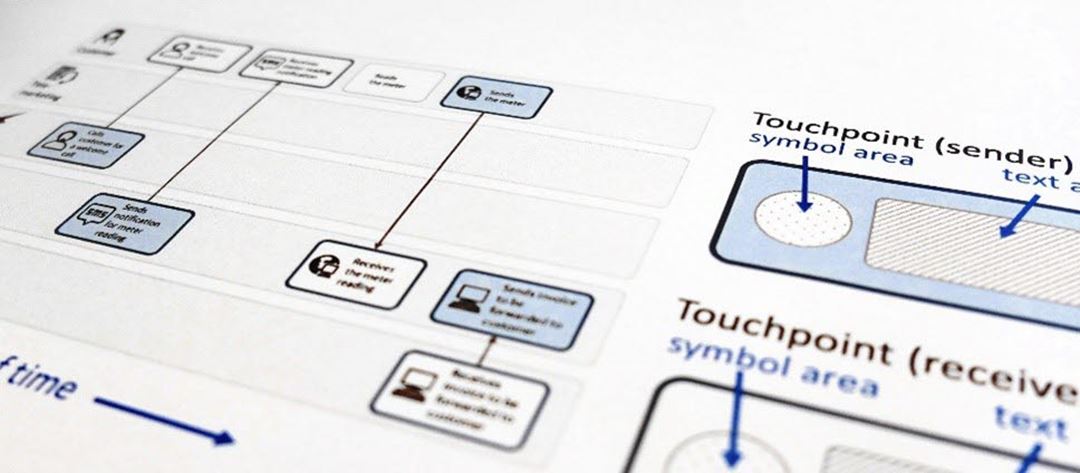Software tool for user journeys
Contact person

Description
Problem description
Customer journeys (or user journeys) have become widespread as a concept and method for public and private service providers to design and evaluate service quality and service experiences. Customer journeys put humans at the centre of a process, whether we have the role of patient, employee, citizen, or user. Customer journey maps are visual representations of the steps or touchpoints, and the experience evoked at each step. Despite the huge uptake of this method among private and public service providers, the method's validity beyond anecdotal evidence has been questioned.
At SINTEF we have several years of experience with user journeys and service science, both from a practical and theoretical perspective. We have developed the modelling language CJML (Customer Journey Modelling Language) for documentation and analysis of technology-driven services where the end user interacts mainly through digital communication channels. CJML is an easy-to-use language, and formal evaluation shows that new users can rapidly make precise models for real and hypothetical user journeys. More information can be found here: www.sintef.no/cjml
Now we want to further develop the modelling language with more attributes, in order to capture data flow and the connection with the underlying IT infrastructure. The current master topic will be of technical nature and focus on developing a software tool for visualising user journeys with CJML (e.g., canvas, icons, other visual assets, interactivity). Additional emphasis will be given on the interactivity of the customer journey, the usability of the tool and the user experience it offers. Current master topic will act supplementary to the “modelling of user journeys” master topic, thus a collaboration between two master students is possible.
Qualifications - Requirements
Good knowledge and interest in class diagrams. Good knowledge of coding (e.g.,javascript, html5). It is an advantage with knowledge about business process modelling. Also, it is a great advantage with Interest in other modelling languages, service science.
Goal and learning outome
The main goal is to develop a software application for user journey modelling. This will entail the following research tasks:
- Investigate the formalism behind user journeys to achieve an overview and identify requirements
- Investigate CJML to identify functionalities and general relationships between touchpoints.
- Iterative design process of the CJML software tool.
- Iterative development process of the CJML software tool.
Tasks/Structure
- Literature studies
- Capturing user requirements (for users of the modelling language)
- Study terminology and formalism behind user journeys
- Study CJML
- Study design theory around the design of software solutions for modelling languages
- Study and apply prototyping techniques for the design phase
- Study and use coding structures for the development of the tool
The expected result is a software solution (desktop – and potentially – mobile) application and related usability and UX user study. We currently have two projects running: the H2020 EU project CyberKit4SME and a new research project starting up in January 2021 with the title Smart Journey Mining.
References
See SINTEF's resource page about user journey modelling: www.sintef.no/cjml
Chesbrough, H., & Spohrer, J. (2006). A research manifesto for services science. Communications of the ACM, 49(7), 35-40.
Halvorsrud, R., Kvale, K., & Følstad, A. (2016). Improving service quality through customer journey analysis, Journal of Service Theory and Practice, 26, pp. 840-867. Link to author version of the paper.
Halvorsrud, R., Haugstveit, I. M., & Pultier, A. (2016). Evaluation of a modelling language for customer journeys. Proceedings from IEEE Symposium on Visual Languages and Human-Centric Computing (VL/HCC), pp. 40-48. Link to author version of the paper.
Supervisor
Main supervisor: Ragnhild Halvorsrud - Assisting supervisor: Konstantinos Boletsis - Internal Supervisor UiO: Arne Jørgen Berre


